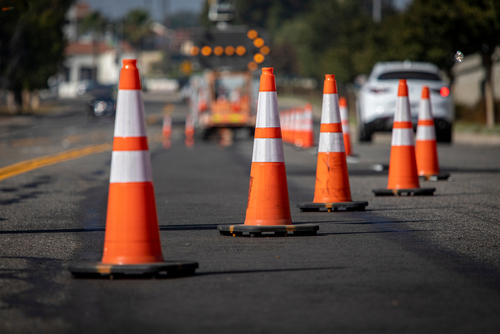
The American Society of Civil Engineers – Iowa Section said the state’s overall infrastructure grade was a “C” even though some categories scored lower.
In its 2023 Report Card for Iowa’s Infrastructure, ASEC said the state did better than the national grade of “C-” but is unimproved from its 2019 report card. Of the 13 categories of infrastructure, the state’s roads and solid waste were rated highest with both getting a “B-.” The state’s dams rated the lowest with a “D.”
“This report underscores the challenges and successes of Iowa’s infrastructure,” said Edward Sowder, president of the American Society of Civil Engineers – Iowa Section, who is also project engineer with Calhoun-Burns & Associates in West Des Moines. “Challenges include aging assets, inflation, supply chain woes, and a significant rural population, and extreme weather events – flooding in particular.”
In seven other categories, the state received “C”s – aviation (C-), drinking water (C), energy (C+), levees (C), public parks (C), rail (C+) and wastewater (C-). The association found the state’s bridges and waterways both rated a “D+.”
The association said the report highlights the state’s aging infrastructure and the need for investment in it to improve and maintain public health and safety system. As of March 2023, the state has received $2.4 billion from the Infrastructure Investment and Jobs Act, including more than $300 million for Missouri River navigation improvements. But, ASEC said, that money is temporary and more investment from state and local entities, as well as policy changes and improved project delivery are needed.
“Infrastructure investment means more jobs, safer communities, and more money in taxpayers’ wallets,” Sowder said. “Iowa families and businesses cannot afford to underinvest in the systems that get us to and from work, send water directly to our faucets, and keep the lights on. We all pay a hidden tax for faulty infrastructure – the more we invest the less it costs us in the long run.”